August 2017
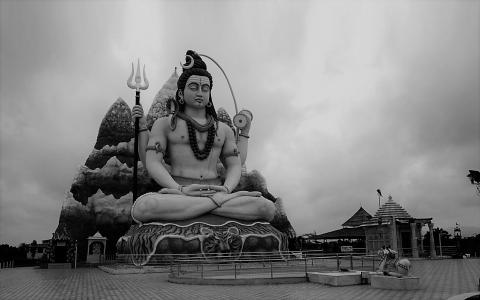
The fifteenth Sarga begins with a description of the rainy season –
कटु भेकगणेन चुक्रुशे कलकेकामुखरेषु केकिषु |
कवयः कवयन्तु तावता कविपाशः किमुपैति मूकताम् ||
Even as peacocks cooed sweetly, frogs continued to croak. Do poetasters remain silent just because great poets are busy composing poetry? (15.14)
The sixteenth Sarga has a short description of the noon –
अस्ञ्चरत्पान्थमनालपद्द्विजं सरोजकोशोदरलीनषट्पदम् |
प्रतप्तहेमप्रतिमं समस्तमप्यभूदहर्...
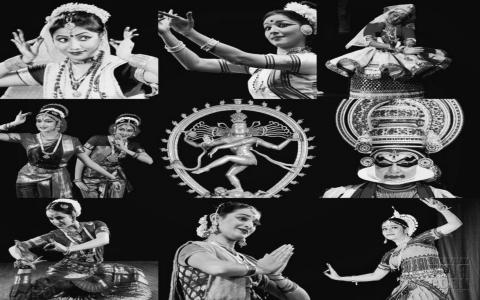
Kālidāsa and Other Arts
From his works, it is clear that Kālidāsa had extensive knowledge of dance, music and painting. His knowledge of dance can be estimated from his play Mālavikāgnimitram. At the very beginning, he makes his famous remark about the stage.
नाट्यं भिन्नरुचेर्जनस्य बहुधाप्येकं समाराधनम् |The stage is a one-stop entertainment solution for people of varied tastes and orientations.
Elsewhere in the same play, we get to know his...
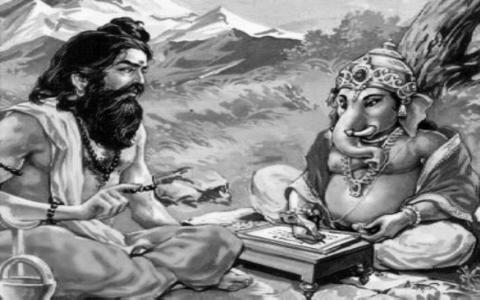
Adhyāyas 62-88 – Śakuntalopākhyānam, Vaṃśanukrama, Yayātyupākhyānam (Śakuntalā’s story, details of the lineage and Yayāti’s story)
In these adhyāyas, Vaiśampāyana has chosen to narrate the sub-stories of Duṣyanta-Bhārata and Yayāti-Puru, perhaps because they are interesting and sizeable, or because they are about famous kings. Yayāti is an ancestor of Duṣyanta, separated by around eighteen generations; yet Duṣyanta’s story (adhyāyas 62-69)...

ವಿಡಂಬನೆಯೆಂಬುದು ಸಾಹಿತ್ಯದ ಒಂದು ವಿಶಿಷ್ಟಪ್ರಕಾರವಾಗಿದೆ. ವಿಡಂಬನೆ ಅಥವಾ ಅಣಕುವಾಡು ಎಂದರೆ ಮೂಲ ಪ್ರಸಿದ್ಧವಾದ ಒಂದು ಕೃತಿಯನ್ನು ಆಶ್ರಯಿಸಿ ಅದೇ ಶೈಲಿಯನ್ನು ಅನುಕರಿಸಿಕೊಂಡು ಇನ್ನೊಂದು ಸಾಹಿತ್ಯವಿರುತ್ತದೆ. ಆದರೆ ಇಲ್ಲಿ ಯಾವುದೋ ಒಂದು ಕೃತಿಯನ್ನು ಲಘುವಾಗಿಸುವ ಉದ್ದೇಶವಿದೆ ಎಂದಲ್ಲ. ಆದರೆ ಪ್ರಸಿದ್ಧವಾದ ಮಾರ್ಗದಲ್ಲಿ ಸ್ವಲ್ಪ ಲಘುವಾದ ಹಾಸ್ಯಸಾಹಿತ್ಯವನ್ನು ತಂದಾಗ ಹುಟ್ಟುವ ಆಸ್ವಾದನೀಯತೆ ಅವರ್ಣ್ಯ! ಹೀಗೆ ಯಾವುದೋ ಒಂದು ಕೃತಿಯನ್ನು ಆಶ್ರಯಿಸಿ ಅದಕ್ಕೆ ಅಣಕುವಾಡನ್ನು ರಚಿಸುವುದು ಬಹಳ ಹಿಂದಿನಿಂದಲೂ ನಡೆದುಬಂದಿದೆ. ಕಾಳಿದಾಸನ ಮೇಘದೂತವನ್ನು ಕ...
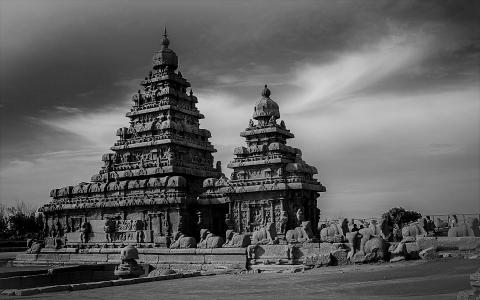
The subsequent sarga contains descriptions of a counsel between Taṭātakā, Malayadhvaja’s daughter and her minister, Sumati, followed by a description of the evening –
यः किलानुशरदं विजयार्थी पार्थिवं त्वरयसे गमनाय |
स प्रवर्तयसि मां न कथं त्वं बालिकेयमिति किं विशयानः ||
‘You would, in every autumn, encourage the king, my father, to go on a military expedition. Then why don’t you do the same with me this time? Is it because you fear I am just a...

As noted earlier, Kālidāsa has been the greatest yet most graceful exponent of Indian values. He has upheld the highest values of our tradition at the individual, societal and universal levels. He advocates an austere but aggressive pursuit of prosperity. Likewise, he advocates a moral but intense pursuit of desires. It is summed up in one verse describing how King Dilīpa was.
जुगोपात्मानमत्रस्तो
भेजे धर्ममनातुरः |
अगृध्नुराददे सोऽर्थम्
असक्तः स...
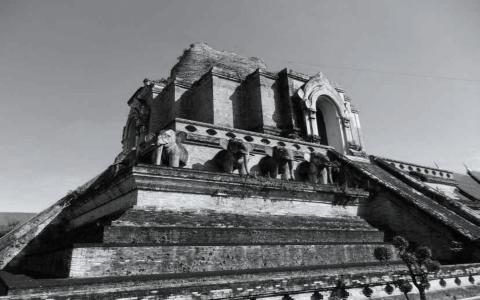
The fifty-seventh adhyāya of the Ādi-parva starts with the story of King Uparicara. Some scholars opine that this is the real beginning of the Bhārata epic because Uparicara’s daughter Matysagandhī (also called Satyvavatī, Kālī, Yojanagandhī, and Gandhavatī) is the mother of Vyāsa, who is the ancestor of both the Kauravas and the Pāṇḍavas. This section narrates the incidents that led to her becoming the daughter of a fisherman and the birth of...
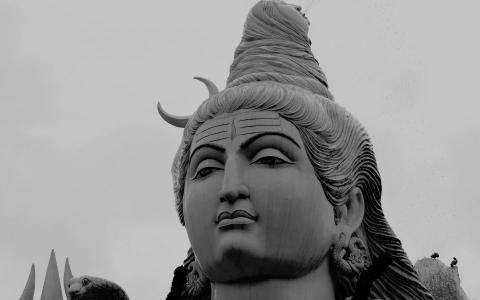
In the Indian tradition, the deities Shiva, Rama, and Krishna have been revered by the learned and the lay for millennia. While Rama and Krishna were historical figures, Shiva is a mythological ideal. Whether one is a believer or a non-believer in the Supreme, one will greatly benefit from realizing the values that these three greats embody. Such is the conception of Shiva-Rama-Krishna.
While we speak about these deities, one shouldn’t think...
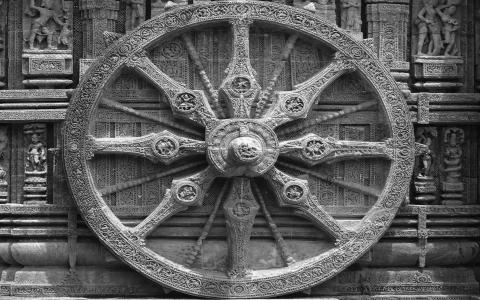
The personalities of Chanakya and Chandragupta were of similar eminence, similar spirit; the supreme testimony to this fact is that such a large empire was managed efficiently for several years and the onslaught of the ambitious, war-hungry Alexander was quelled without leaving even a trace of its memory. From this we learn how sharp their developmental strategy must have been. We see how bright that patriotism must have been, which found...
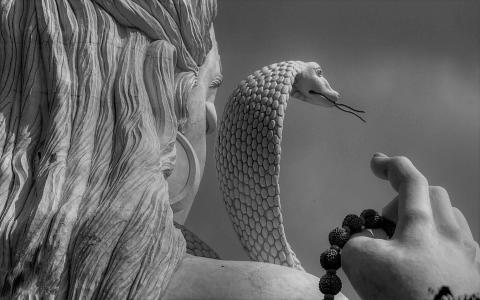
Nīlakaṇṭhadīkṣita’s Time, Place and Family Background
In its literary history that spans several millennia, Sanskrit has been enriched by the works of innumerable authors. It would not be a great loss to the reader if he or she happened to miss reading some of them. But then, there are others whom a genuine lover of Sanskrit literature cannot afford to ignore. That the works of Nīlakaṇṭhadīkṣita belong to this latter genre is proof enough of his...
